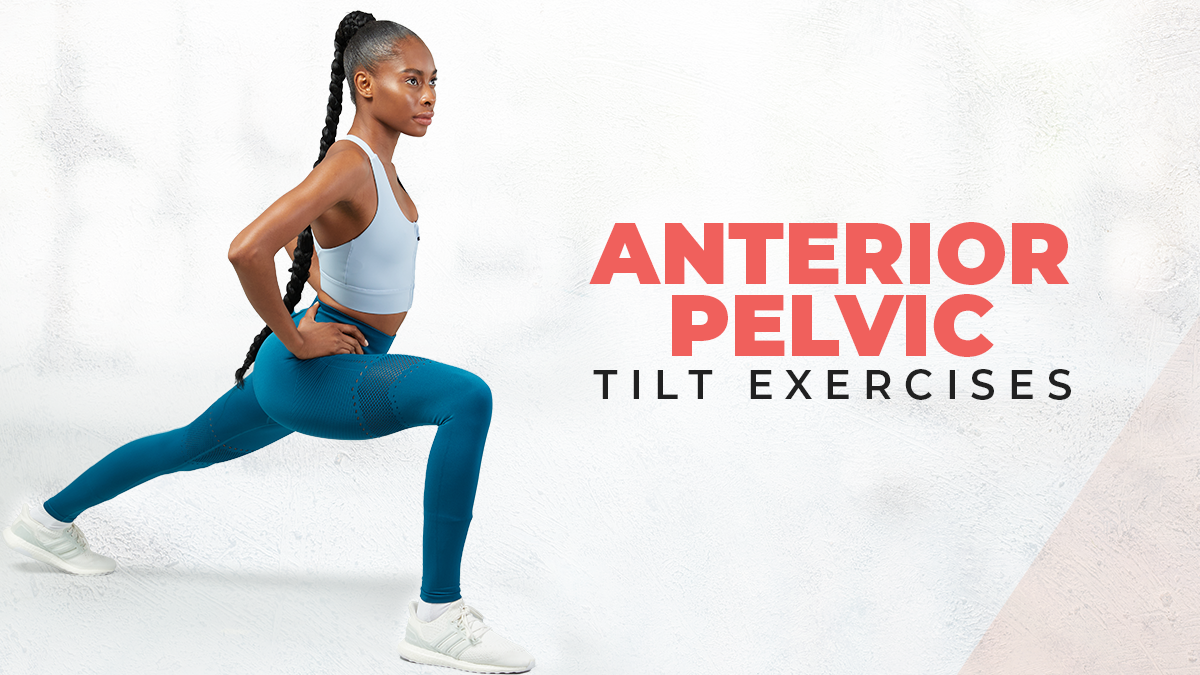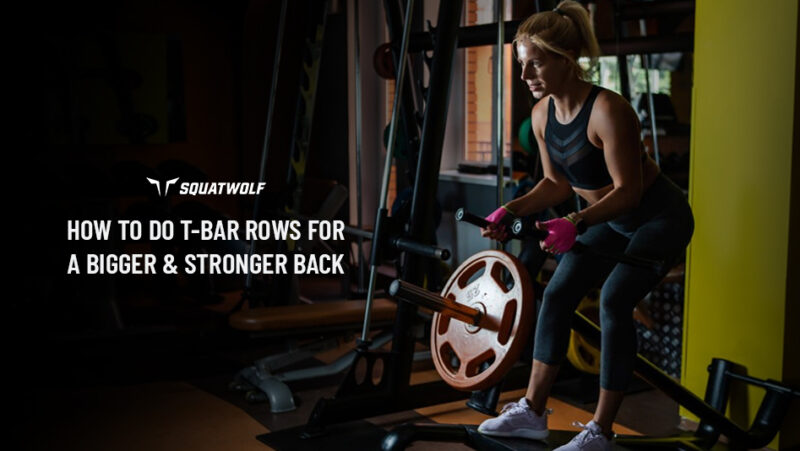Millions of people struggle with bad posture. We spend most of our days sitting in front of our computers resulting in stiff lower backs and hip flexors. One of the most common causes of bad posture is Anterior Pelvic Tilt also known as APT. There are several anterior pelvic tilt exercises that can be done every day to help you move without any restriction and pain.
When there are muscle imbalances in your hips, glutes, and lower back, it can make it difficult for you to be fully functional.
Anterior pelvic tilt also causes pain in the lower back muscles and can result in an unalignment of your spine.
How Do You Know If You Have An Anterior Pelvic Tilt?
You can find out whether or not you have an anterior pelvic tilt by carrying out jeans and belt test.
Stand in front of the mirror, wear your jeans, and put on a belt. Level your belt on the waist.
from the side, if your belt is lower than your back, then it’s a sign you have an anterior pelvic tilt. If your belt is leveled straight with your back then your posture is fine.
What Causes Anterior Pelvic Tilt?
Usually, the main cause of anterior pelvic tilt is tight and short hip flexors because of prolonged periods of sitting. When living a sedentary lifestyle, your body gets used to not using the hip flexors. It assumes you don’t need them to move anymore so they get restricted. Our bodies are like a machine, if you don’t continually move its part, it gets stuck.
Running enables our hip flexors to move and extend, whereas sitting makes the flexors less elastic and any attempt to move them to a certain extent can cause pain.
Another cause of anterior pelvic tilt is obesity. If your BMI is 35 or greater and you live a sedentary lifestyle, your muscles can weaken over time. Also, the excess weight puts a strain on your spine leading to muscle imbalance leading to a pelvic tilt. According to research excess abdomen weight because of obesity exacerbates the anterior pelvic tilt.
When you deprive your muscles of movement, your body struggles with imbalance. Research suggests that when you live a sedentary some muscles become more active than others. The imbalance in the activity of muscles results in an anterior pelvic tilt.
Anterior pelvic tilt exercises with lower body stretches help activate the underactive muscles.
Here are the muscles that are active and underactive when you have an anterior pelvic tilt.

Underactive or weakened muscles: Abs external obliques, internal obliques, rectus abdominus, and glutes (Medius, minimus, and maximus).
Overactive Muscles: Erector Spinae and hip flexors
What Is The Fastest Way To Fix Anterior Pelvic Tilt?
There is no fastest way to fix anything let alone anterior pelvic tilt.
However, there are four anterior pelvic tilt exercises that can be done to give you much-needed relief. The below exercises are suitable for beginners. However, if you are veteran gym goer one of the best and most effective anterior pelvic tilt exercises is a hip thrust. For more information on how to do hip thrusts, read here.
Anterior Pelvic Tilt Exercises
Bridge

This is one of the best anterior pelvic tilt exercises for your glutes and hamstrings.
How To Do Bridge?
- Lay down on a yoga mat with a bend on your knees and your feet on the floor.
- Make sure your legs are hip-width apart and place your arms by your side.
- Slowly lift your pelvis off the floor, pushing your heels into the ground.
- While your pelvis is lifted, make sure your body forms a straight line.
- Hold the lifted position for a few seconds then come back to the starting position and repeat.
Squats
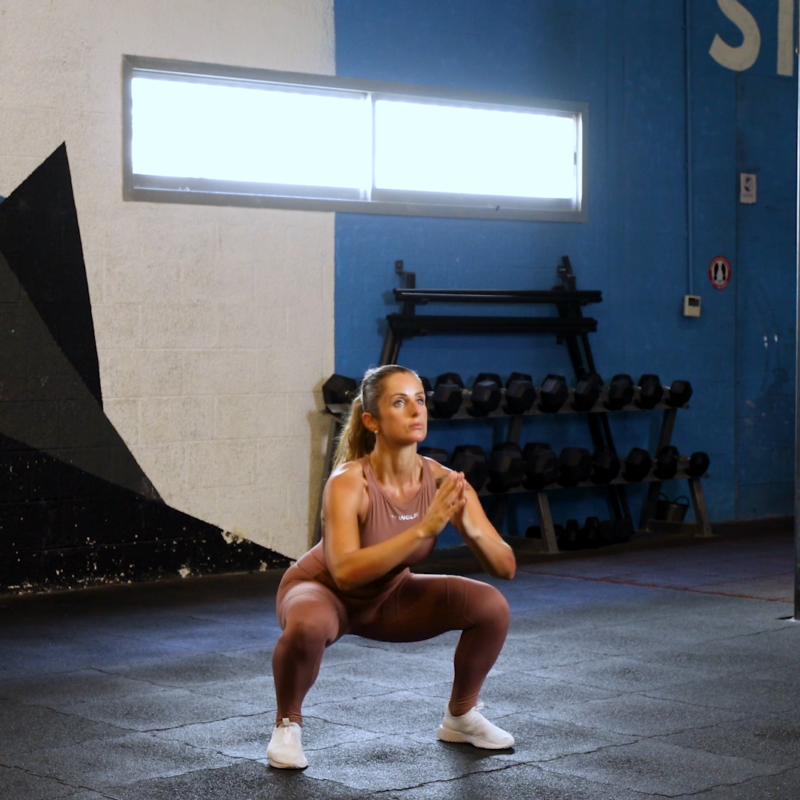
Squats is one of the anterior pelvic tilt exercises that targets your entire body and specifically strengthens your hamstrings, glutes, and quadriceps.
How To Do Squats?
- Stand with your feet hip-width apart and make sure your toes are facing forward
- Slowly lower your body to a sitting position ensuring your thighs are 90 degrees or parallel to the flow
- As you go down, engage your core and keep your spine in a neutral position
- Stand back up slowly moving your pelvis forward slightly by squeezing your glutes
- As you go down in a squat make sure your knees don’t cross your toes
- Repeat this exercise 12 to 15 times
Lunges
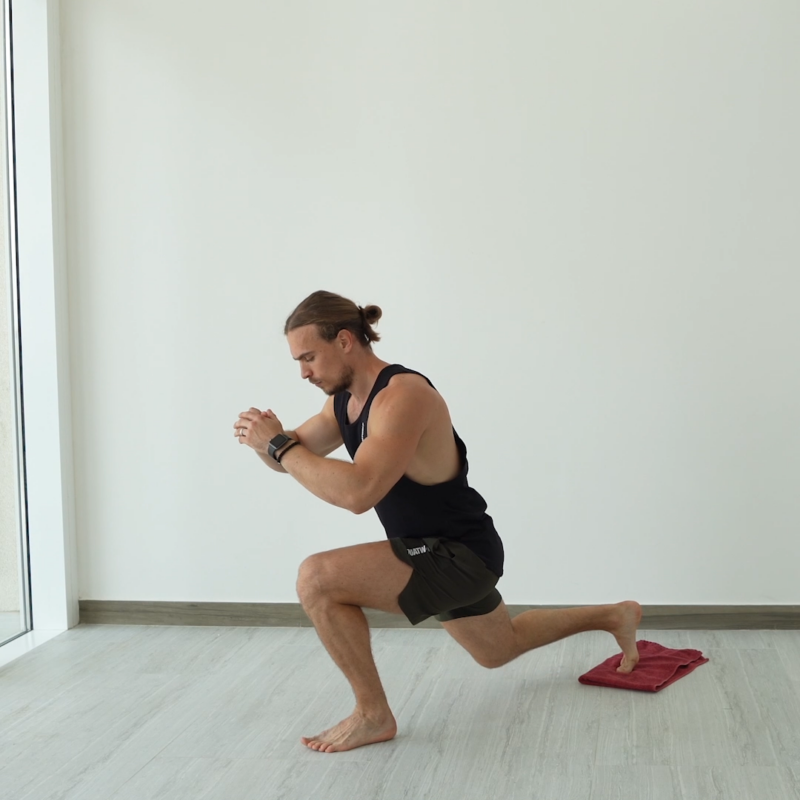
Lunges work by targeting your lower body. It strengthens your things and loosens your hip flexors, that’s why it is one of the most important anterior pelvic tilt exercises out there. If you are not new to exercise, you can also add a lateral lunge variation to the list of anterior pelvic tilt exercises. Read our blog on lateral lunge to learn more.
How To Do A Lunge?
- Stand with your feet hip-width apart
- Put your left foot forward with your right foot behind. The distance between your left and right foot should be a bit bigger
- With your left foot flat on the ground, bend your left knee and your right heel will be off the ground
- Make sure your thighs are perpendicular to the ground and your knees don’t cross over your toes
- Keep your back neutral and core engaged
- Come back up to the starting position and repeat with the other leg
Plank
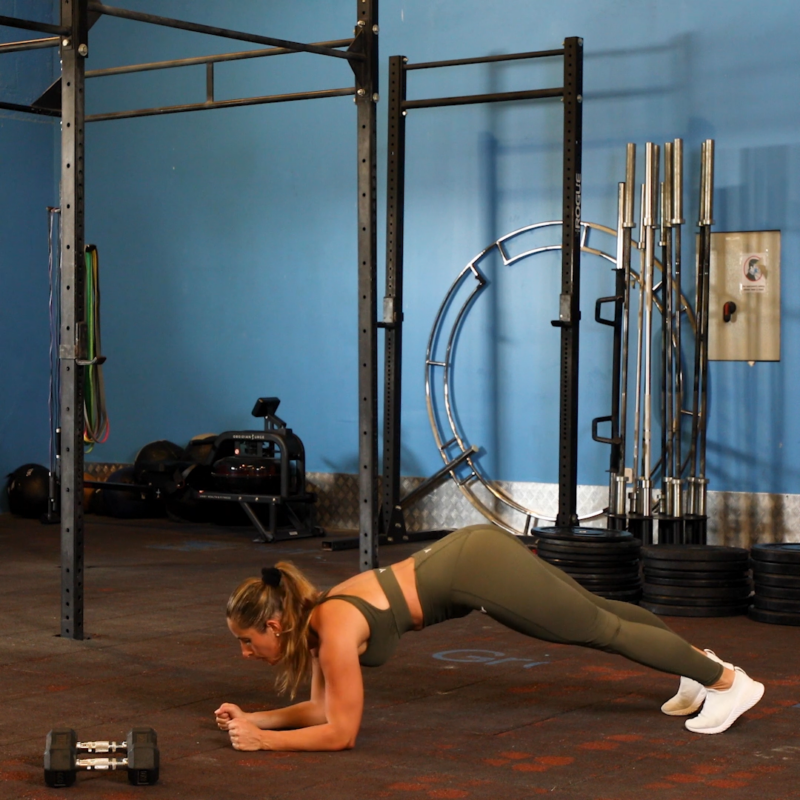
Planks strengthen your core and are a crucial part of any exercise regime. Adding it to the list of anterior pelvic tilt exercises will help you greatly especially if you spend most of your day sitting on a chair.
How To Do A Plank?
- Start by positioning yourself on a mat in a push-up position
- Your elbows should rest on the floor. If you are new to doing planks, you can plant your knees on the ground
- Keep your back straight and your core tight
- When in this position make sure your body isn’t slouching. It should be straight and you must avoid letting your head sag.
- Hold this position for as long as you can with slow and steady breathing.
- If you feel like your form is getting out of alignment, drop your knees to the floor and continue until you can’t take it anymore, then rest.
Key Takeaway
Bad posture can lead to a lot of different physical ailments that could hinder our day-to-day life. Therefore, the above-mentioned anterior pelvic tilt exercises are your salvation to lower back pain, hip tightness, neck slouching, and general back problems.
Continue Reading

